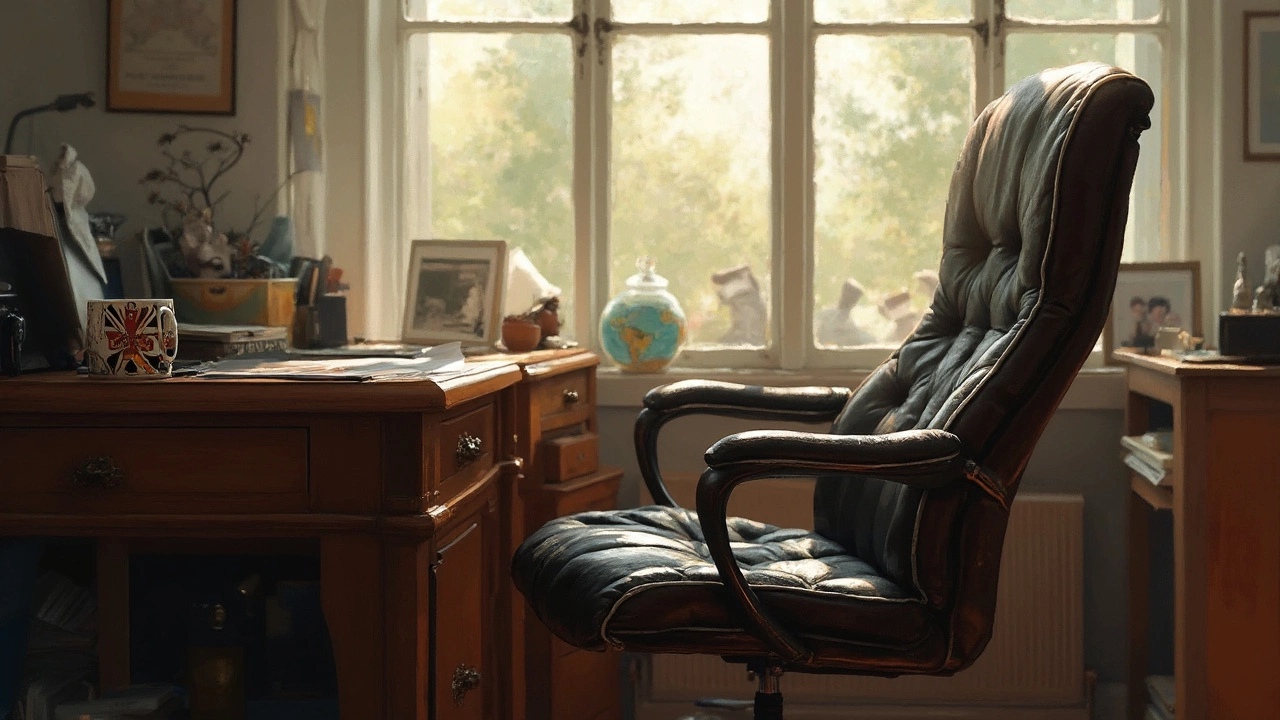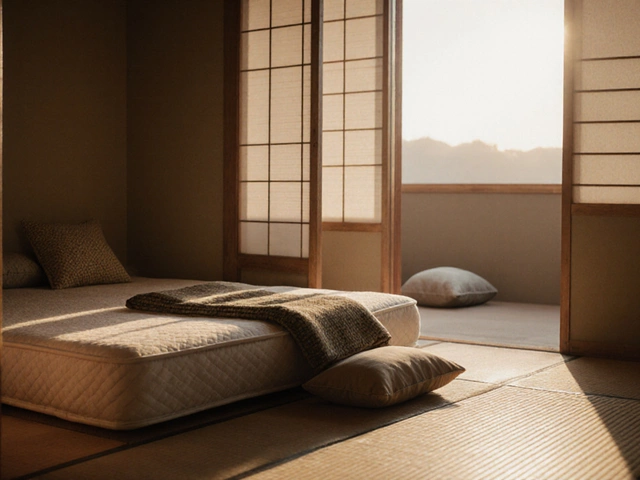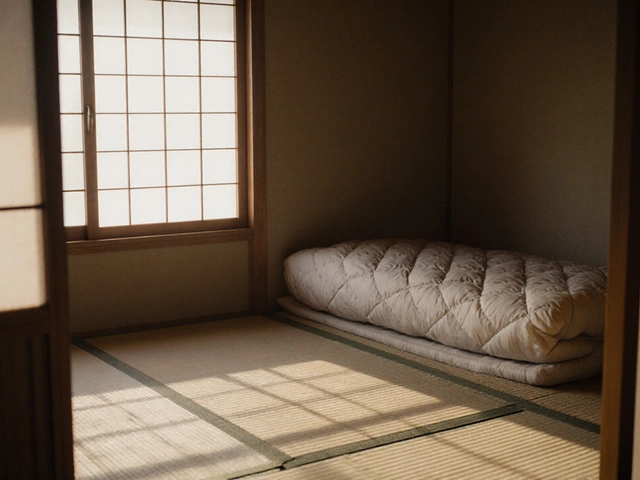You know that favorite office chair? The one you can’t help but spin a little in when you’re bored, or tilt back in during Zoom meetings you kinda hope will end early. Here’s the kicker—most folks have no clue how long that humble chair is supposed to stick around. That’s weird, right? We all know how long a phone or car should last, but for something you use 8+ hours a day, five days a week, the answer is a mystery. Chairs don’t have odometers, after all, and there’s no “replace me by” sticker hiding under the seat cushion.
What Kills a Chair? Signs It’s Time to Say Goodbye
Let’s get honest about what truly wears out an office chair. All those little habits—rocking, leaning, even bouncing your dog Max onto your lap (guilty!)—add up way faster than you’d think. Most people don’t realize that the fabric or mesh on their chair isn't what goes first. It’s the moving parts, like gas lifts and tilt mechanisms. Cheap chairs often use plastic joints and thinner screws that start groaning after year two, maybe sooner if you’re the restless type.
Want something wild? According to an actual survey by the Business and Institutional Furniture Manufacturers Association (BIFMA), most mid-range office chairs have an “expected functional life” of seven to ten years. The expensive ergonomic ones, like Steelcase Leap or Herman Miller Aeron, are often warrantied for 12 years and designed for round-the-clock use. But that’s the top shelf—most people buy something between $150 and $600, and those normally tap out at about 5-7 years with normal use. If your chair is creaking, the seat padding sinks to pancake thickness, or the tilt won't behave, you’re overdue for a swap.
Here’s a quick checklist for when a chair’s on death's door:
- The gas lift cylinder sags or gives out with a hiss (so you feel like you’re sitting on a slow-motion elevator to the floor).
- The recline function crunches or clicks louder than your knees.
- Armrests wobble, or worse, detach unexpectedly.
- Caster wheels grind, get stuck, or stop rolling on your usual carpet or floor.
- Seat fabric splits or foam stays indented like a memory foam grave.
What Impacts an Office Chair’s Lifespan?
The lifespan of an office chair isn’t just about the price tag. Whenever I pick out a chair (I’ve been through way too many—I have opinions), some factors actually matter more than the color or brand on the box. Here’s what’s really at play:
- Build Quality and Materials – Steel frames outlive plastic, plain and simple. Machinery and engineering from brands like Steelcase, Haworth, or even Secretlab are built for the long haul, so you won’t get those heartbreaking “suddenly I’m on the floor” moments. Look for Grade 4-5 commercial use fabrics and replaceable parts.
- Weight Limits – Chairs are rated for specific weights. Put a 280-pound person in a 200-pound rated chair, and disaster’s just a matter of time.
- Usage Hours – Eight hours a day, every day, destroys chairs faster than the occasional evening gaming session. BIFMA data shows 24/7 chairs (like call center models) can survive double or triple the abuse compared to standard versions.
- Environmental Conditions – Heat, direct sunlight, and humidity eat away at fabrics and lubricants. Your chair hates sitting by the window more than your houseplants do.
- Maintenance Habits – Ever vacuum under your butt? Regular vacuuming and tightening bolts can add years to a chair’s life. Just like oil changes for your car, a bit of preventive love goes far.
Did you know? Mesh fabric lasts longer than faux leather, which cracks from sweat, sunlight and general office drama. But mesh is less forgiving on the thighs if you like sitting cross-legged. Every choice has tradeoffs.

Real-World Longevity: What the Numbers Say
Let’s get into specifics. A lot of people ask me, “Is expensive really better, or is it all hype?” Here’s what the research and reviews say (I threw in my own battle-proven chair graveyard tales for good measure).
If you buy a $150 “executive” chair at an office megastore, expect a max of four years before it starts groaning, gas-lifting awkwardly, or looking real sad. Mid-tier mesh chairs ($300-$600 range) last 6-8 years if you treat them well. The big dogs—Herman Miller Aeron, Haworth Fern, Steelcase Gesture—are not cheap. But the stats are wild: upwards of 10-15 years isn’t weird. My buddy Eric inherited his dad’s old Steelcase Leap, and that thing’s survived two moves and countless noodle lunches. Still comfortable, still smooth.
You want some hard data? Here’s a little table I put together from manufacturer specs, BIFMA testing, and Reddit crowdsourcing (hey, people love to argue about their favorite chairs):
| Chair Type | Average Lifespan (Years) | Common Failure First | Typical Price Range |
|---|---|---|---|
| Entry-Level (Generic) | 2-4 | Seat foam/padding | $80-$200 |
| Mid-Range Ergonomic | 6-8 | Gas lift, recline | $250-$600 |
| High-End (Herman Miller, Steelcase) | 10-15 | Casters, arm pads | $800-$1,800 |
| 24/7 Use (Call Center) | 7-10 | Base/cranks | $900-$2,000 |
So, is a $1,500 chair worth it? Do the math: if you’re sitting 1,920 hours a year (8 hours x 5 days x 48 weeks), then a 10-year lifespan costs about $0.16 per hour of butt time. Cheap chairs might cost less at first but make you replace them three times as often—plus, your back suffers more for it.
Secrets to Making Your Chair Last Longer
Sick of tossing chairs every few years? I get it. Turns out, some simple moves can make ANY chair last longer. (No promises if your golden retriever Max decides it’s his new chew toy, though.)
- Vacuum and Wipe Weekly – Dust, crumbs, pet hair (Max, looking at you) all grind into moving parts. A two-minute session with a hand-vac and damp cloth does wonders.
- Tighten Bolts Every Six Months – Use the right-sized Allen wrench to check for any wobble. It beats sunrise seat failures. Don’t forget armrests and casters; they get loose, too.
- Replace Casters, Arm Pads and Gas Lifts – Most chairs accept standard-size replacements found online. Swapping parts is easier than you think. YouTube’s your friend for 3-minute how-to videos. If the seat fabric’s shot, try a stretch cover before tossing the whole chair.
- Keep Out of Direct Sunlight – UV rays are fabric killers. Shift your setup just a little if you can. If you can’t, rotate your chair so fading happens evenly.
- Follow the Weight Limit – No standing on chairs, no sitting two people (sorry, Max), and check the rating before you loan it to your larger cousin for remote work.
- Oil the Moving Parts – Once a year, add a dab of WD-40 or silicone to the tilt and wheel mechanisms. Wipe up extra so you don’t end up with greasy pants.
If the manufacturer’s warranty is 5 years (or more), register yours online right away. High-end brands swap broken wheels or cylinders for free, sometimes even after you forget when you bought it.
Finally, listen to your body. If you’re feeling more sore, slouching harder, or your rear is meeting hard plastic, it’s not just a sign of an old chair. It's your body yelling at you to upgrade. Your back will thank you, and so will your workday mood.




